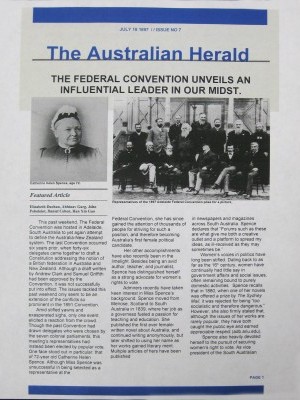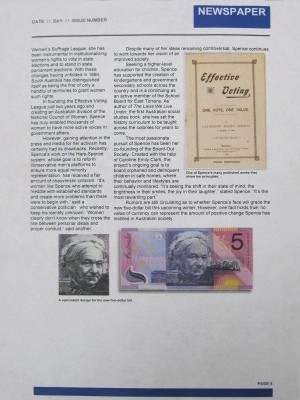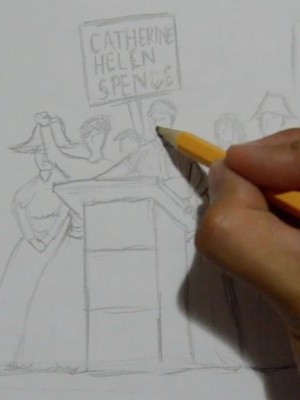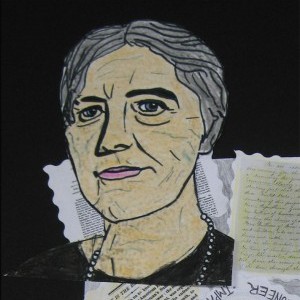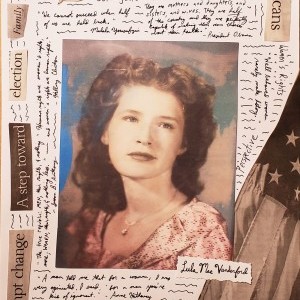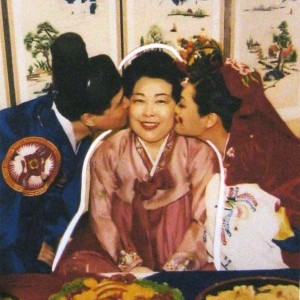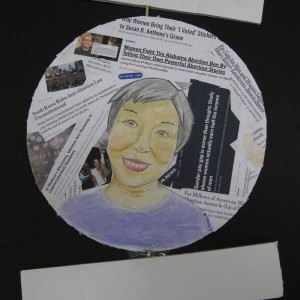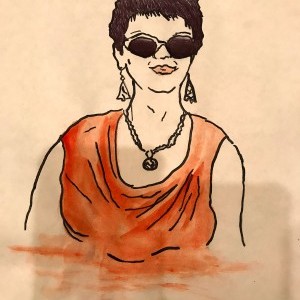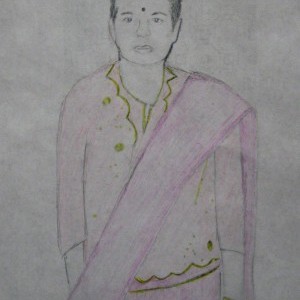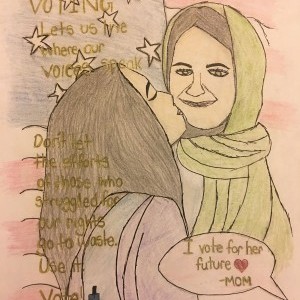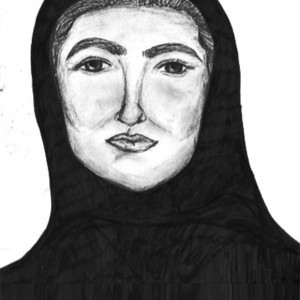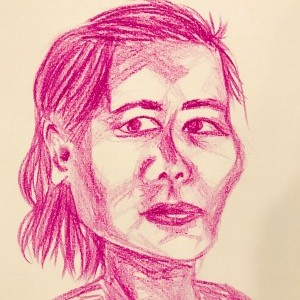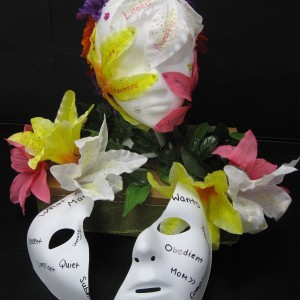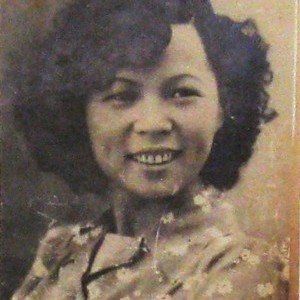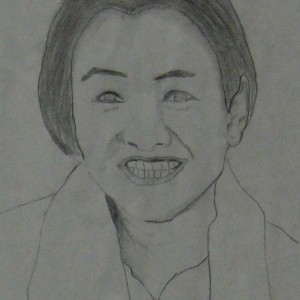Elizabeth Duchan, Abhinav Garg, John Pobololot, Daniel Cohen & Han Xin Gao
Townsend Harris High School | Flushing, NY | 11th Grade
Inspirational Family Member
Catherine Helen Spence
This past weekend, The Federal Convention was hosted in Adelaide, South Australia to yet again attempt to define the Australia-New Zealand system. The last Convention occurred six years prior, when forty-six delegates came together to draft a Constitution addressing the notion of a British federation in Australia and New Zealand. Although a draft written by Andrew Clark and Samuel Griffith had been approved by the Convention, it was not successfully put into effect. The issues tackled this past weekend only seem to be an extension of the conflicts so prominent in the 1891 Convention.
Amid stifled yawns and exasperated sighs, only one event elicited a reaction from the crowd. Though the past Convention had drawn delegates who were chosen by the seven colonial parliaments, this meeting’s representatives had instead been elected by popular vote. One face stood out in particular: that of 72-year old Catherine Helen Spence. Although Miss Spence was unsuccessful in being selected as a representative at the Federal Convention, she has since gained the attention of thousands of people for striving for such a position, and therefore becoming Australia’s first female political candidate.
Her other accomplishments have also recently been in the limelight. Besides being an avid author, teacher, and journalist, Spence has distinguished herself as a strong advocate for women’s rights to vote.
Admirers recently have taken keen interest in Miss Spence’s background. Spence moved from Melrose, Scotland to South Australia in 1839, where her job as a governess fueled a passion for teaching and education. She published the first ever female-written novel about Australia, and continued writing anonymously, but later shifted to using her name as her works gained literary merit. Multiple articles of hers have been published in newspapers and magazines across South Australia. Spence declares that “Forums such as these are what give me both a creative outlet and a platform to spread my ideas, as ill-received as they sometimes be.”
Women’s voices in politics have long been stifled. Dating back to as far as the 16th century, women have continually had little say in government affairs and social issues, often remaining bound to purely domestic activities. Spence recalls that in 1880, when one of her novels was offered a prize by The Sydney Mail, it was rejected for being “too socialistic and therefore dangerous.” However, she also firmly stated that, although the issues of her works are rarely popular, they have both caught the public eye and earned appreciable respect (adb.anu.edu).
Spence also heavily devoted herself to the pursuit of securing women’s right to vote. As vice president of the South Australian Women’s Suffrage League, she has been instrumental in institutionalizing women’s rights to vote in state elections and to stand in state elections and to stand in state parliament elections. With these changes having unfolded in 1894, South Australia has distinguished itself as being the first of only a handful of territories to grant women such rights.
In founding the Effective Voting League just two years ago and creating an Australian division of the National Council of Women, Spence has truly enabled thousands of women to have more active voices in government affairs.
However, gaining attention in the press and media for her activism has certainly had its drawbacks. Recently, Spence’s work on the Hare-Spence system, whose goal is to reform conservative men’s platforms to ensure more equal minority representation, has received a fair amount of chauvinistic criticism. “It’s women like Spence who attempt to meddle with established standards and create more problems than there were to begin with,” said a conservative politician who wished to keep his identity unknown. “Women clearly don’t know when they cross the line between personal ideals and proper conduct,” said another.
Despite many of her ideas remaining controversial, Spence continues to work towards her vision of an improved society.
Seeking a higher-level education for children, Spence has supported the creation of kindergartens and government secondary schools across the country and is a continuing as an active member of the School Board for East Torrens. As author of The Laws We Live Under, the first Australian social studies book, she has set the history curriculum to be taught across the colonies for years to come.
The most passionate pursuit of Spence has been her co-founding of the Board-Out Society. Created with the help of Caroline Emily Clark, the project’s ongoing goal is to board orphaned and delinquent children in safe homes, where their behavior and lifestyles are continually monitored. “It’s seeing the shift in their state of mind, the brightness in their smiles, the joy in their laughter,” stated Spence. “It’s the most rewarding part.”
Rumors are still circulating as to whether Spence’s face will grace the new five-dollar bill this upcoming winter. However, one fact holds true: no value of currency can represent the amount of positive change Spence has instilled in Australian society.
Historical Figure I Admire
Catherine Helen Spence - A Reflection on the Process of creating her Portrait
During the beginning stages of this project, our group initially had a difficult time trying to come up with a viable medium that we could use to emphasize the significance of our suffragist. In addition to our lack of prior knowledge on Catherine Helen Spence, we had already hit a roadblock in our production process. In this case, we decided to begin with researching our suffragette because we wanted a fundamental understanding of her achievements before proceeding into the more creative aspects of conveying such information. This part of the project was expected to be the simplest, yet proved to have difficult aspects because we soon found out that Catherine Helen Spence's life is best understood by her accomplishments alone, not a complete timeline of how she achieved such goals. Despite a limited amount of resources and accessible information, we were able to gather enough knowledge to not only effectively learn about the effects this woman had on society, but also create a flowing article that tied Spence's life together with her accomplishments. We chose to write newspaper from Spence's time period to not only make readers more engaged when learning but also to frame her life contextually and suggest the magnitude of her actions during such a time of women's voices being stifled. As another component of our project, we decided to use a multimedia platform and create a “draw my life” -esque video, in which we would create a timelapse of various drawing processes with commentary on top. Each picture that we drew was a fundamental aspect of Spence's work as a leader and was highly representative of her morals and character.
This project has served to magnify the fundamental importance of women in society. By narrowing our focus to Spence alone, we were able to realize the full extent to which a person has the ability to promote change, regardless of their situation. Women have progressed further advocating for rights in today's society. However, gender inequalities have remained a continuity over time, appearing prominently in areas such as the wage gap between men and women. In today's society, a minority of those who hold legislative power are women and most of them are discredited or viewed as inferior because of their gender. Although the women's movement for equality has many barriers to overcome, it has made tremendous strides in order to obtain suffrage and equal rights. The Women's Rights March is becoming more well known for advocating for women's rights through peaceful protest. They base their protest on ending violence on women, gaining reproductive rights and seeking economic justice in the workforce, as well as many other topical issues. Women have also progressed in gaining power, as in the 2020 election many women such as Elizabeth Warren and Kamala Harris will run for president, showing how the country as progressed in terms of women's rights and their fight for them.
What the Project Means to Me
In working on this project, tasks were delegated evenly, and our group worked collaboratively to make sure that Catherine Helen Spence was portrayed accurately and held to her proper esteem. Elizabeth was responsible for writing the newspaper article, and John took on the role of drawing each picture and recording the process. Daniel was in charge of editing both the video clips and article, and Abhinav narrated the video clips to provide information as each picture began to come to life. Finally, Han synthesized Spence by giving an overview of society today and some examples of women who show the progressive nature of the movement. This project was a very rewarding experience, and emphasized the importance of learning from the actions of these influential women.
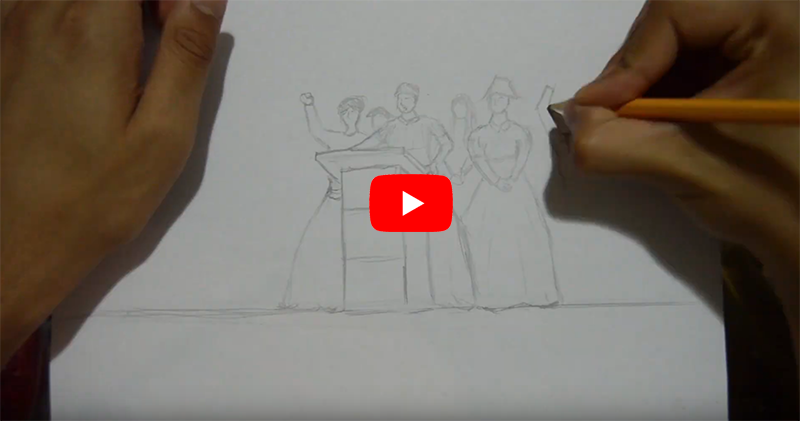
Timelapse video building the portrait of Catherine Helen Spence
Explore the Archive
More From This Class
Click on the thumbnails below to view each student's work.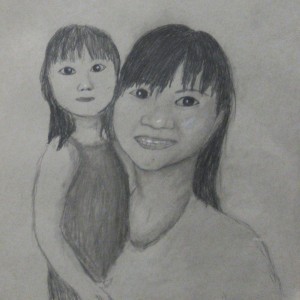
Vivian Chen, Josephine Chen, Ivan Chan, Zafirah Rahman, Neeharika Reddy, Daniel Shi, Daniel Shi, Jacqueline Cho & Osiris Guerrero

Jennifer Moran, Adebola Ademola, Julia Hong, Vicki Kanellopoulos, Inga Kulma, Maimunah Virk, Deborah Molina & Kailey Van
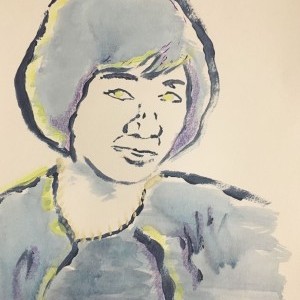
Kristina Chang, Sarah Chowdhury, Bethany Leung, Letian Fang, Cathy Choo, Kelly Chan, Emily Tan, Adamary Felipe & Kenney Son
Deadline Extended
There's still time to join Women Leading the Way.
Become a part of our storytelling archive. Enroll your class today.
Join the Project

